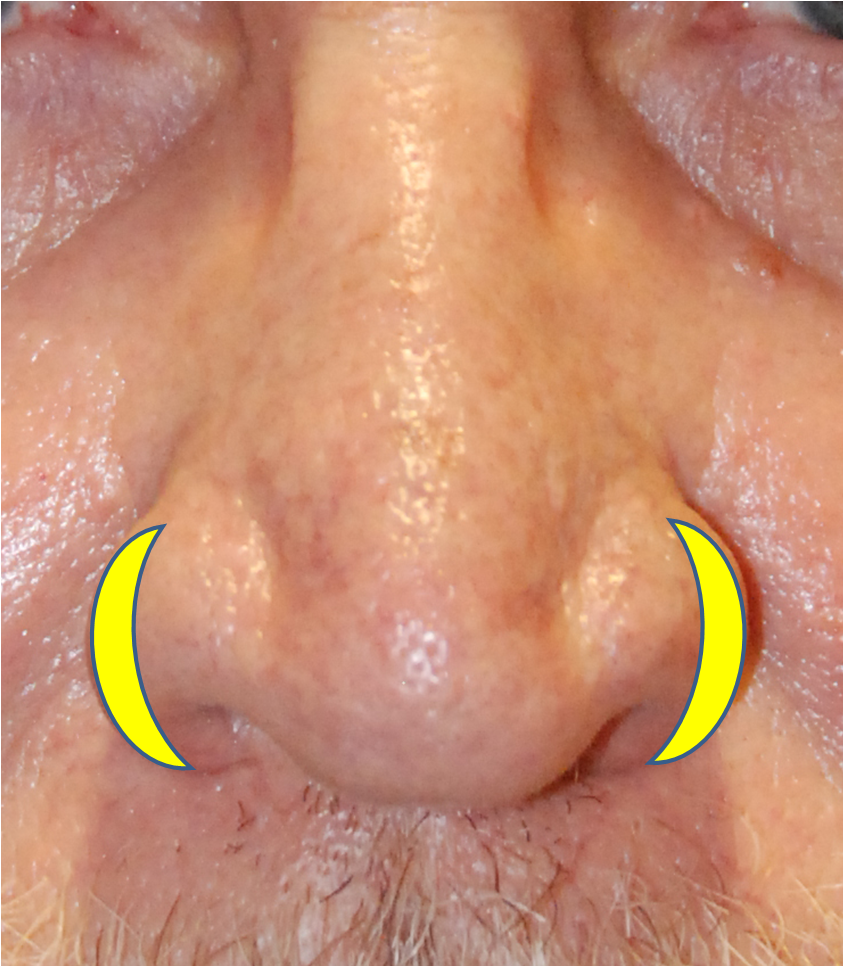Ear and rib cartilage grafts usually are less than 10% of primary rhinoplasties (Dr Phil Young of Seattle / Bellevue WA). Usually there is enough cartilage from the nasal septum to use for rhinoplasties. This also depends on what kind of practice the surgeon has. If they have a good reputation and a lot of experience, Secondary rhinoplasties or rhinoplasties that are the second time around are more common. In this situation cartilage grafts from the ear and rib are more common and it varies for all surgeons. It also depends on the ethnicities of the person. Caucasians usually have more prominence of the nose and usually request making the nose smaller. This requires taking cartilage out and in this instance the less cartilage is needed. For other races, cartilage is usually more of a shortage and thus requires more grafts and in this case either foreign implants, or grafts from the rib or ear are taken. Since taking rib is such an undertaking, patients usually opt for implants such as silicone, med por, and goretex are used. Ear cartilage can be used but given its pliabilty and curvature it is less than optimal for many grafting needs and are more used for tip grafts and grafts for the cartilage that make up the tips.
Thanks for reading, Dr Young
Dr Young specializes in Facial Plastic and Reconstructive Surgery and is located in Bellevue near Seattle, Washington

